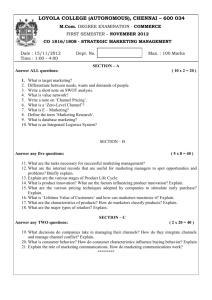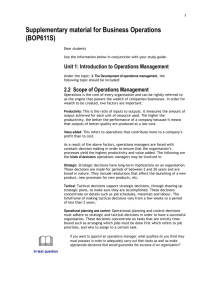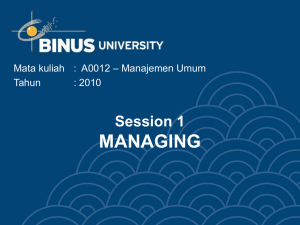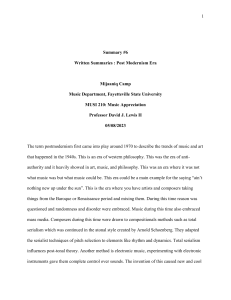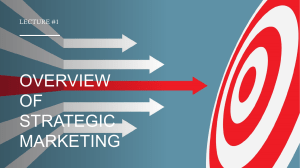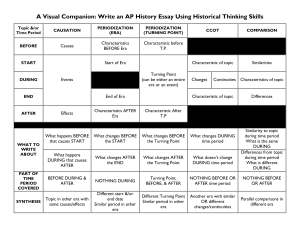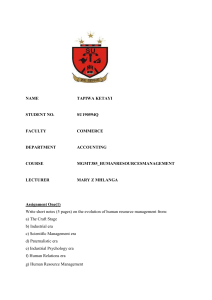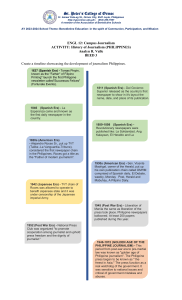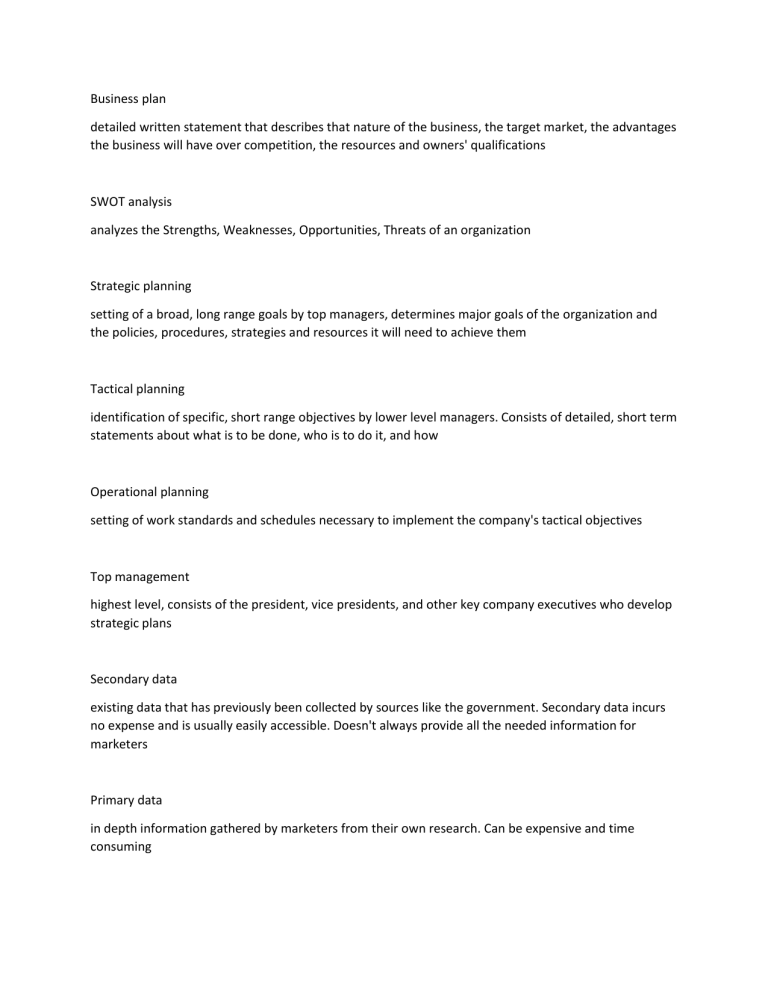
Business plan detailed written statement that describes that nature of the business, the target market, the advantages the business will have over competition, the resources and owners' qualifications SWOT analysis analyzes the Strengths, Weaknesses, Opportunities, Threats of an organization Strategic planning setting of a broad, long range goals by top managers, determines major goals of the organization and the policies, procedures, strategies and resources it will need to achieve them Tactical planning identification of specific, short range objectives by lower level managers. Consists of detailed, short term statements about what is to be done, who is to do it, and how Operational planning setting of work standards and schedules necessary to implement the company's tactical objectives Top management highest level, consists of the president, vice presidents, and other key company executives who develop strategic plans Secondary data existing data that has previously been collected by sources like the government. Secondary data incurs no expense and is usually easily accessible. Doesn't always provide all the needed information for marketers Primary data in depth information gathered by marketers from their own research. Can be expensive and time consuming Production era "produce what you can because the market is limitless" Selling era Persuading people to buy Marketing concept era customer orientation(finding what they want and providing it), service orientation(making sure everyone is committed to customer satisfaction), profit orientation(focusing on the goods and services that will earn the most profit)
